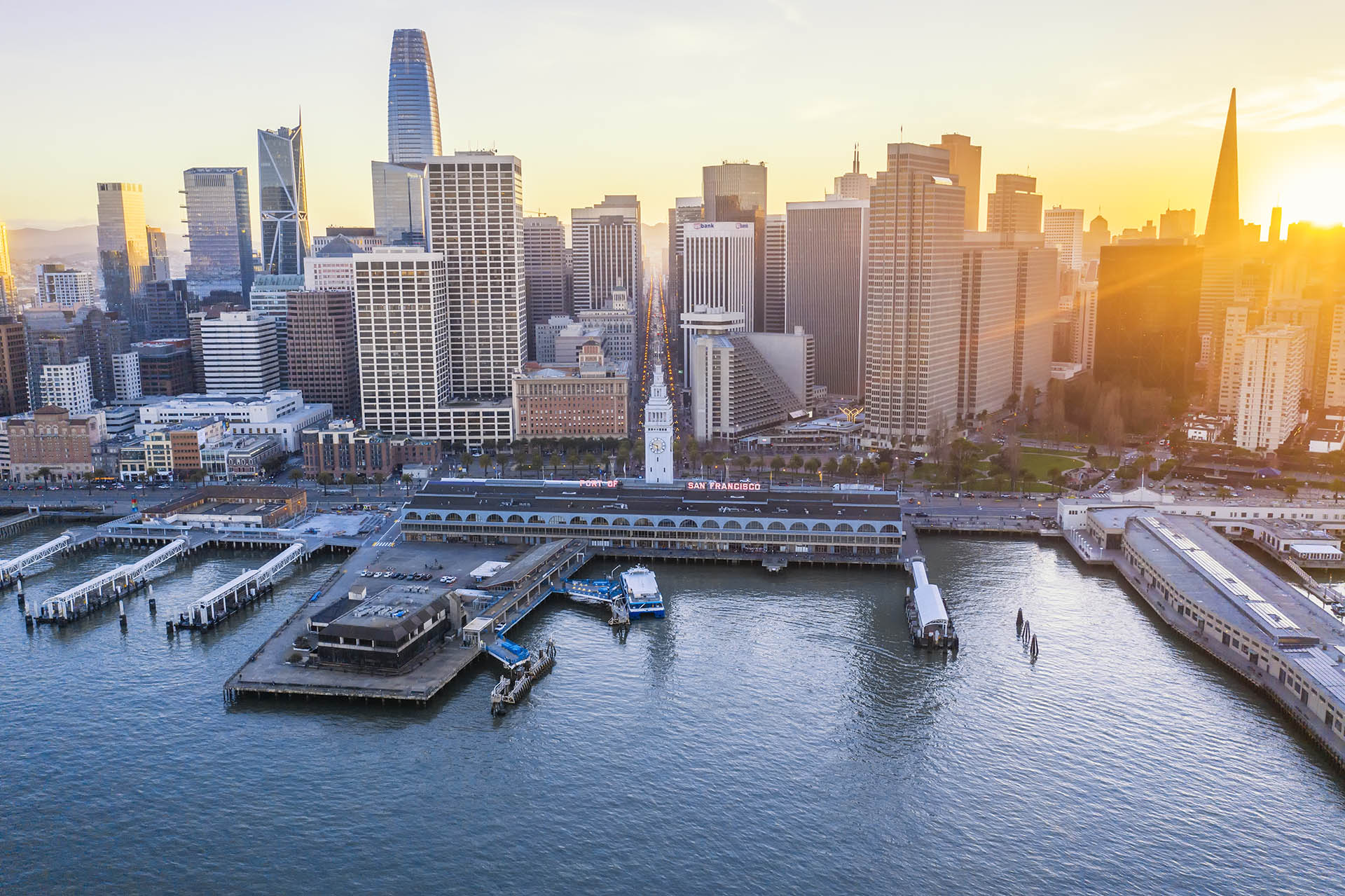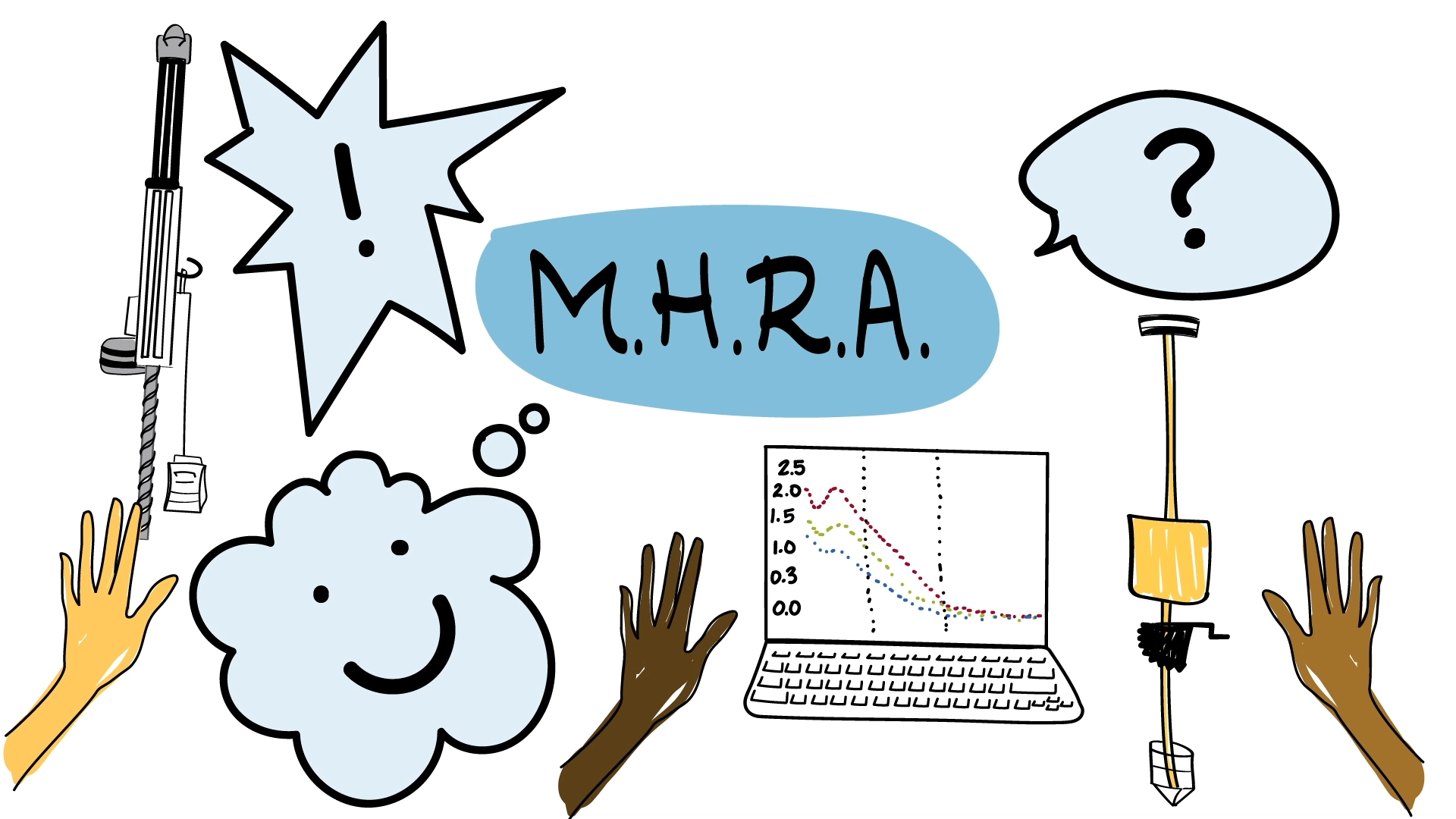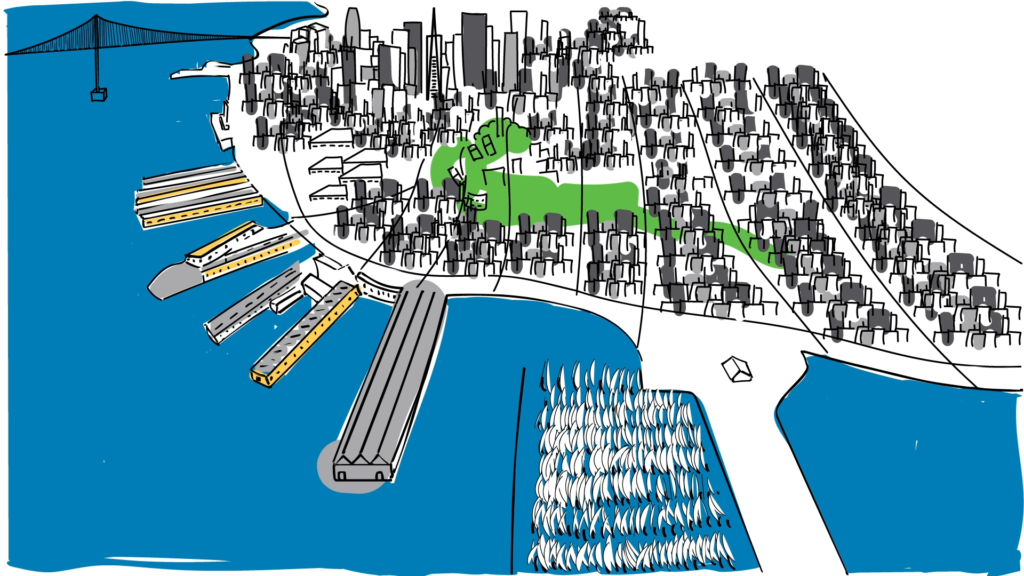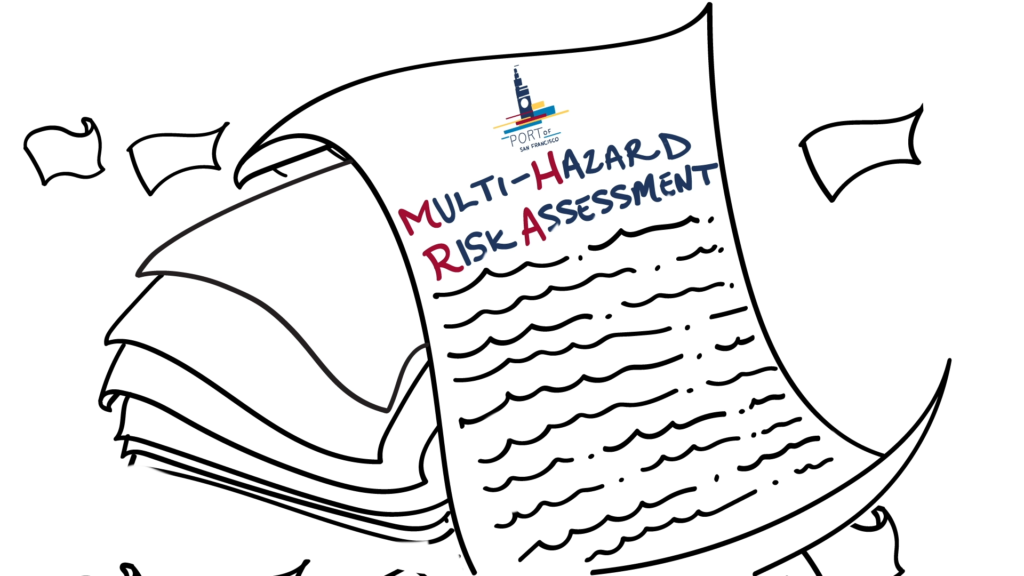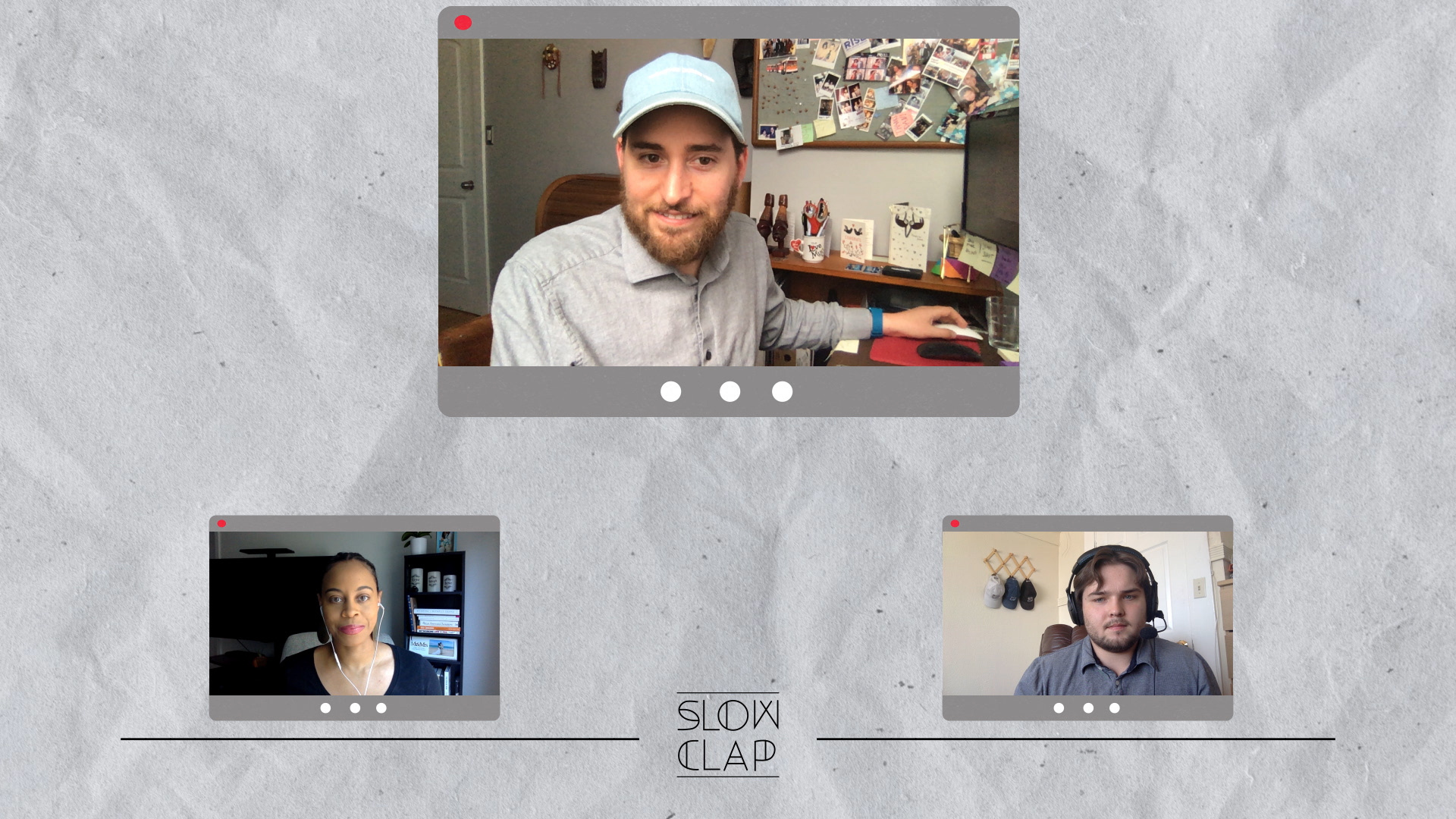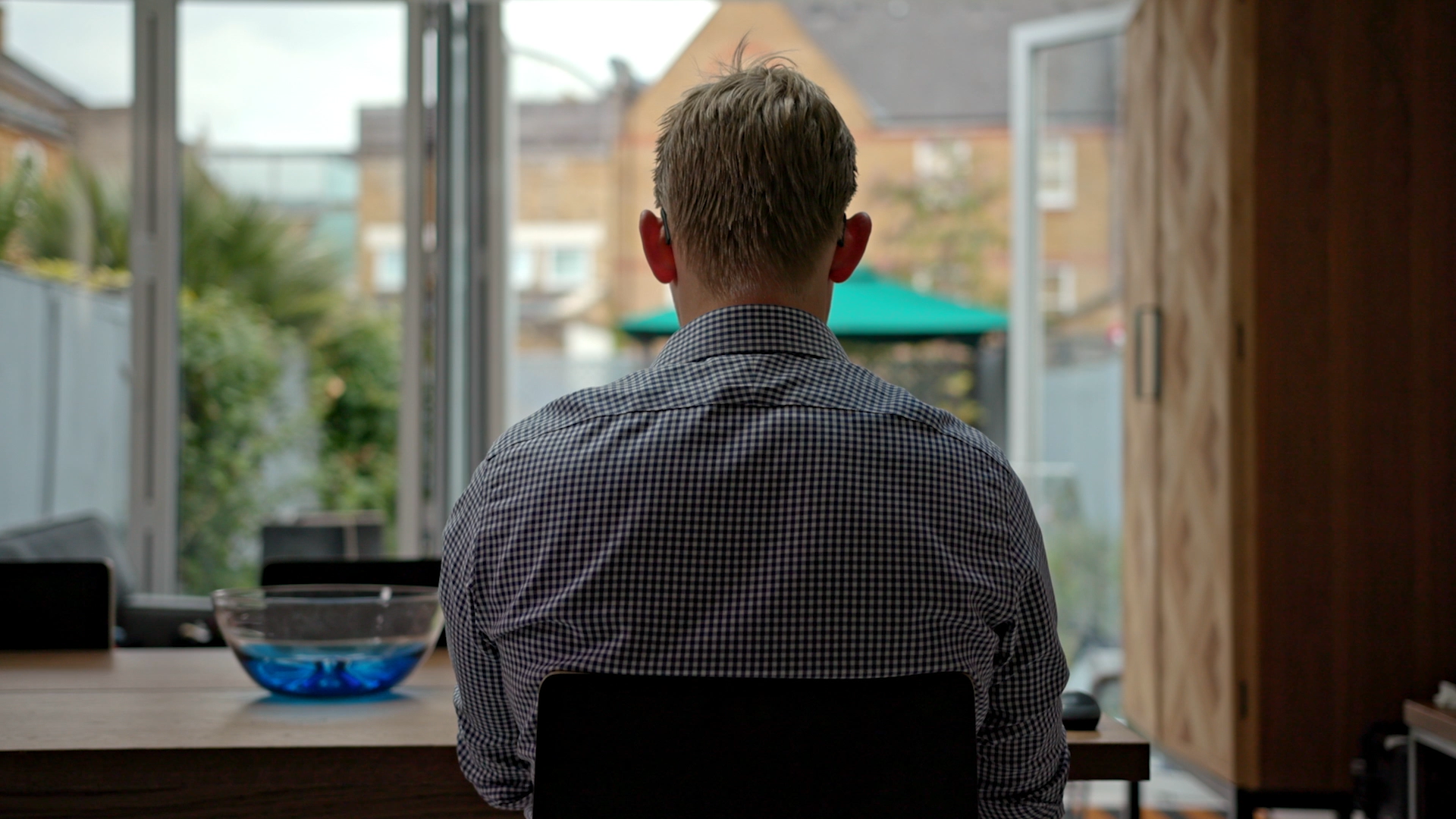In 2018, the City & County of San Francisco passed a proposition to reinforce the Seawall, a barrier that protects the City’s waterfront from flooding. The Seawall is over 100 years old and is in desperate need of reinforcements to protect it from earthquakes and sea level rising. As part of the project’s overall budget, Slow Clap was selected by the Port of San Francisco to produce videos on an as-needed basis. The Port wanted to tell San Francisco’s rich waterfront history as a reminder of how much has evolved over the years to adapt to a changing city, and to get residents ready for another big period of change. The Seawall’s upgrades are likely to span decades and cost taxpayers billions.
“Working with the Port and Civic Edge for four years on this contract has been amazing. It’s so rare that you get to form such a deep working relationship, as the Port’s exclusive video content producer, and get to help define the story of a government agency.”
– Daniel Lichtenberg, Creative Director, Slow Clap
Approach
The Port wanted to tell the history of San Francisco’s waterfront in just a few short minutes, leaving local residents with a strong sense of history and a greater understanding of what’s at stake if we don’t adapt fast enough. In order to quickly communicate this, Slow Clap thought the best course of action would be to find and license archival photographs from the past 100+ years, and create a “timelapse” wherein our archival photos are juxtaposed with video footage shot in the present. If we were to find the right photos that lined up with the perfectly filmed scenes from today, this would clearly and succinctly communicate how much has changed, and how much of San Francisco’s waterfront is on land that formerly was under water.
“We wanted to give comfort to San Franciscans with the message that things are always changing and that’s the magic of the waterfront – we get to weigh in the direction that we want to go.” – Amber Shipley, Managing Partner, Civic Edge
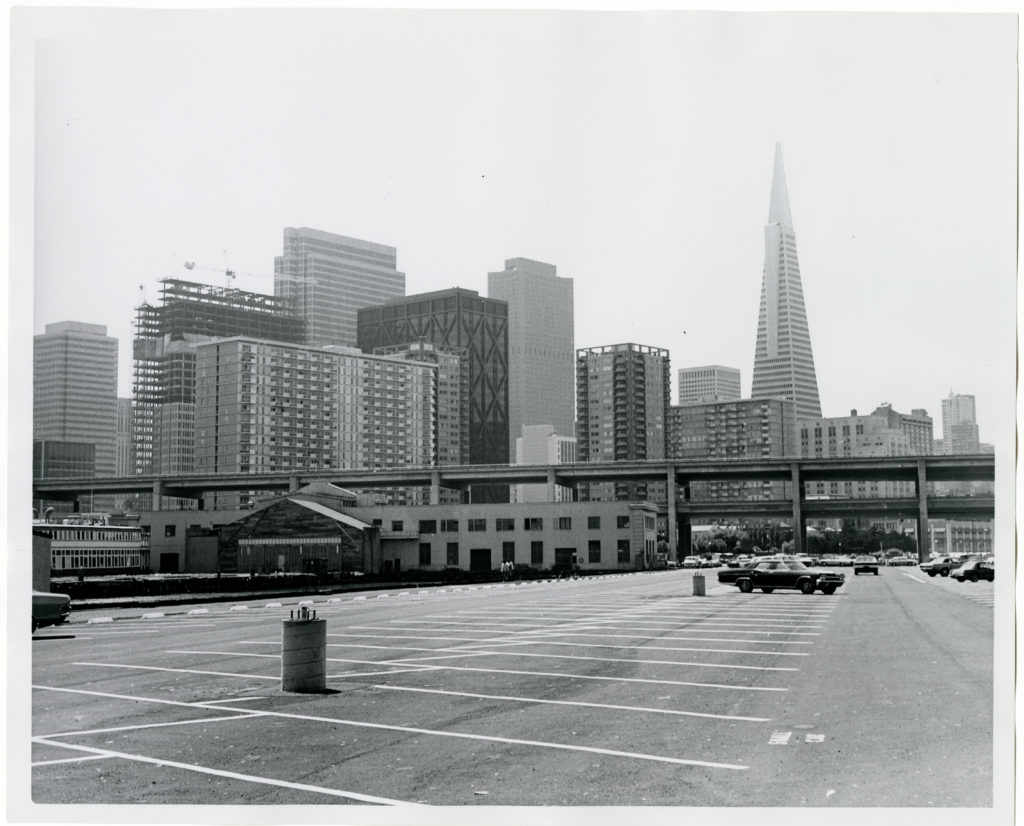
Pier 7 and the Embarcadero Freeway, 1970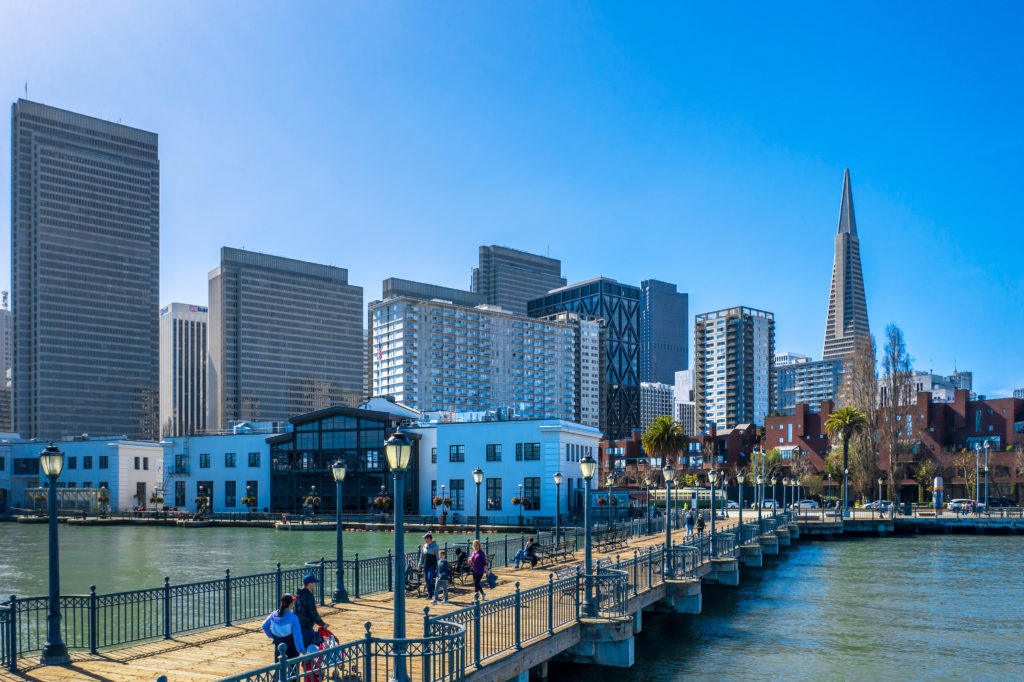
Pier 7 and the Transamerica Building, 2020
Execution
Over the course of almost a year, Slow Clap dug deep into the archives and found the perfect archival photographs to contrast with images of today. This included photographs from the gold rush, the 1906 earthquake, the Seawall’s construction in the 1910s, Fisherman’s Wharf in the 1950s, MLB footage from the 1990s, and numerous other photos. What isn’t reflected in the final video, though, is that our team pulled several hundred archival photos in order to whittle it down to the perfect photos and spent months tracking them down and licensing them.
“We really wanted to capture the significance, beauty, and transformation of the waterfront. Finding the most compelling photos through research and proper licensing of each image was crucial.”
– Nicole B Wilson, Associate Producer, Slow Clap Productions
Challenges
Each photo had to match perfectly with a compelling present-day scene. We identified the exact location where each archival photo was shot, scouted the street corners first on Google Earth to make sure the contrast from past to present was compelling, and then in person to get the perfect camera match, procured permits for filming, and then used semi-transparent print-outs of the photos to get an exact match during filming.
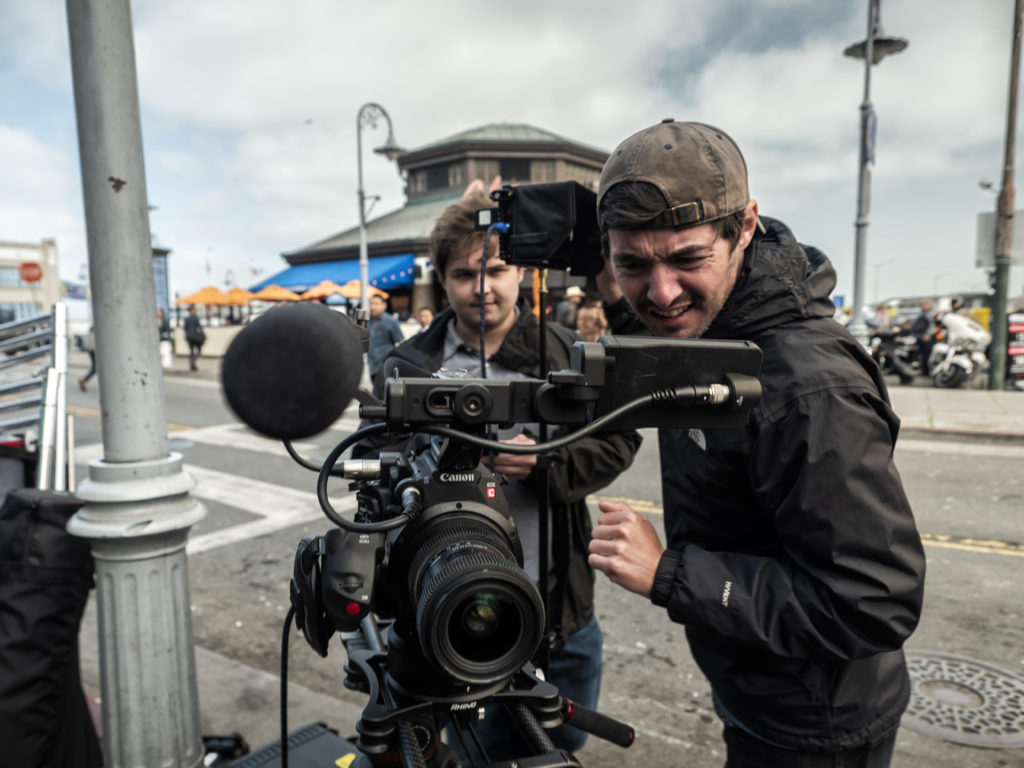
Behind the Scenes at SF Port, 2020
Result
The final video transitions from past to present day with a seamless, surprising, and impactful crossfade that immediately communicates to our audience the changes along the waterfront. An informative narration and motion graphics further reinforce the past to the present theme. Viewers are left with a clear picture of what’s at stake as the Port of San Francisco prepares for the future of our waterfront, with the Seawall project and beyond.
This video first premiered at the 2020 Oceans Film Festival in San Francisco, with plans to launch on the Port of San Francisco’s YouTube and Facebook pages. In the meantime, the Port has used the video at numerous community engagement events. In 2023, Slow Clap won the Gold Telly in Branded Content for Government Relations.
“We love working with the Slow Clap team and in all my experiences, there is always so much creativity. I admire their ability to polish and execute a creative idea.” – Amber Shipley, Managing Partner, Civic Edge
